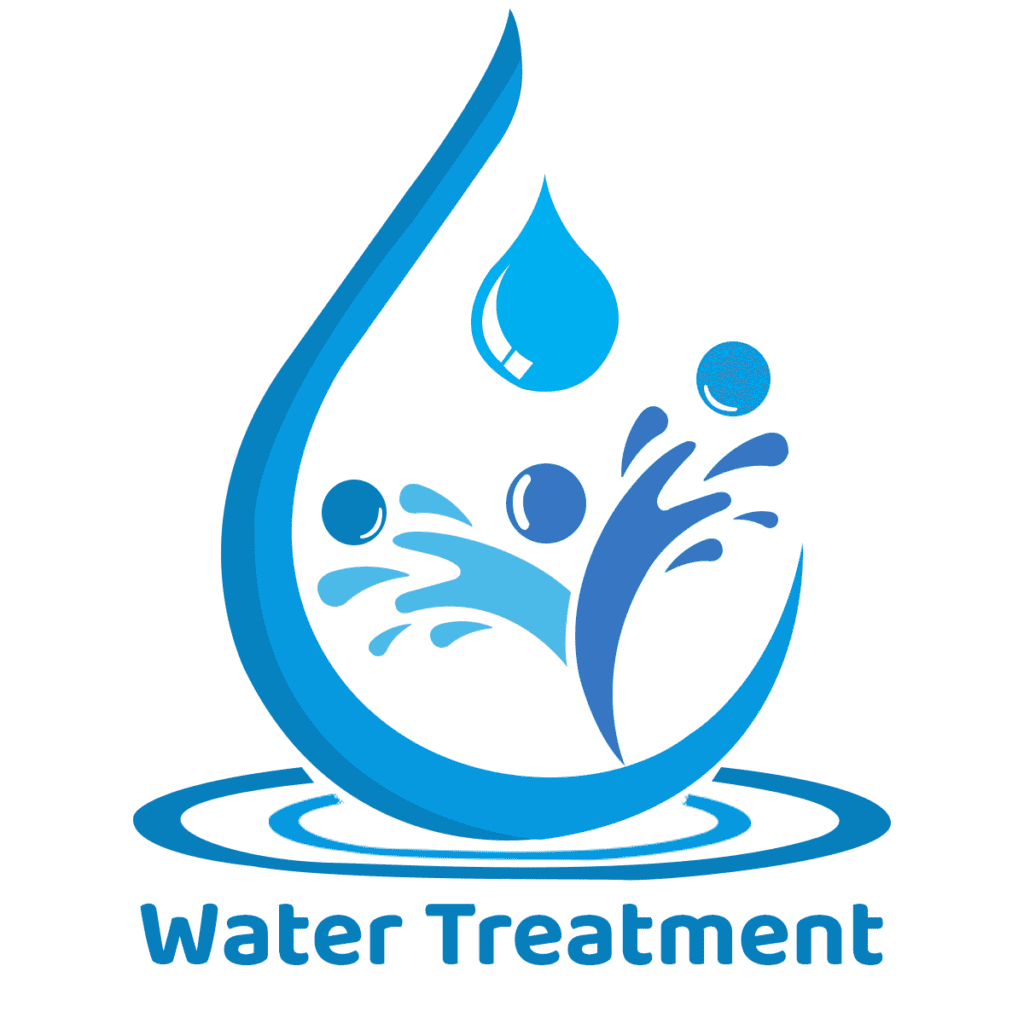
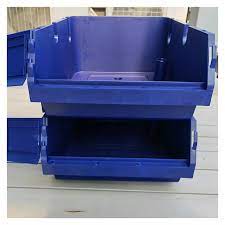
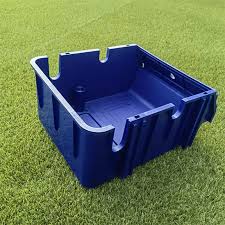
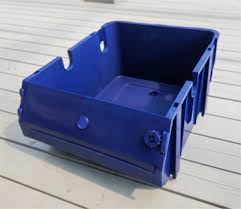
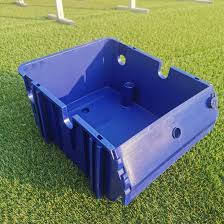
RAS Vertical Indoor Crab Farming
System Design
Tank Design:
- Material: Fiberglass Reinforced Plastic (FRP), PVC, or HDPE.
- Shape: Circular or rectangular tanks with stackable or modular configurations.
- Size:
- Diameter: 1–3 meters for circular tanks.
- Volume: 500–5,000 liters per tank.
- Depth: 0.5–1 meter, with water height adjustable based on crab size.
Tank Configuration:
- Vertical stacking of tanks or multi-level shelving systems for space optimization.
- Separate tanks for different growth stages (juveniles, sub-adults, adults).
Water Volume:
- Dependent on crab stocking density; typically 50–100 liters per crab.
Substrate:
- Artificial platforms, sand beds, or plastic sheets to mimic the natural environment.
RAS Components
Filtration System:
- Mechanical Filters: For removing solid waste.
- Biological Filters: Nitrifying bacteria to break down ammonia and nitrite.
- UV Sterilizer: For pathogen control.
- Protein Skimmer: To remove organic compounds.
Water Circulation:
- Pumps to maintain consistent water flow.
- Flow rate: 4–10 liters per minute, adjustable based on tank size.
Aeration:
- Air stones or diffusers to maintain dissolved oxygen levels (ideal: 5–7 mg/L).
- Oxygenation systems for high-density setups.
Temperature Control:
- Water heaters or chillers to maintain optimal temperature (24–30°C).
- Insulated tanks to minimize heat loss.
Salinity Regulation:
- Suitable for species-specific salinity requirements (typically 15–25 ppt).
- Saltwater mixing and testing equipment.
Monitoring Systems:
- Sensors for pH, salinity, temperature, ammonia, nitrite, and nitrate.
- Automated alarms for parameter deviations.
Stocking and Growth Management
Species:
- Suitable for mud crabs (Scylla serrata), blue crabs (Callinectes sapidus), or other high-value species.
Stocking Density:
- 1–2 crabs per square meter, depending on size and growth stage.
Feeding:
- High-protein feeds (fish, mollusks, formulated crab feeds).
- Feeding rate: 2–5% of body weight, adjusted based on growth stage.
Growth Duration:
- Juvenile to market size: 3–6 months, depending on species and water quality.
Lighting and Environment
Lighting:
- Low-intensity LED lights to replicate natural light cycles.
- Duration: 12–16 hours of light, depending on species.
Humidity and Ventilation:
- Humidity control: Maintain 70–90% for optimal conditions.
- Proper ventilation to avoid buildup of harmful gases.
Shelter:
- Provide hiding spots or substrates for molting crabs.
Water Quality Parameters
- Temperature: 24–30°C.
- Salinity: 15–25 ppt (species-specific).
- pH: 7.5–8.5.
- Ammonia: < 0.05 mg/L.
- Nitrite: < 0.1 mg/L.
- Dissolved Oxygen (DO): 5–7 mg/L.
Advantages of Vertical Indoor RAS Crab Farming
Space Efficiency:
- Vertical stacking maximizes use of available space.
- Ideal for urban or limited-area setups.
Water Efficiency:
- Recirculation minimizes water consumption.
- Regular filtration ensures water quality.
Environmental Control:
- Controlled parameters for consistent growth and reduced mortality.
- Year-round farming independent of weather.
Reduced Disease Risk:
- Pathogen control through filtration and UV sterilization.
High Productivity:
- Faster growth rates and higher survival rates in controlled conditions.
Customization Options
Tank Sizes:
- Customizable based on farm capacity and layout.
Automation:
- Automated feeding systems.
- Integrated monitoring and control systems.
Integration:
- Combine with other aquaculture species (e.g., shrimp) for polyculture setups.
